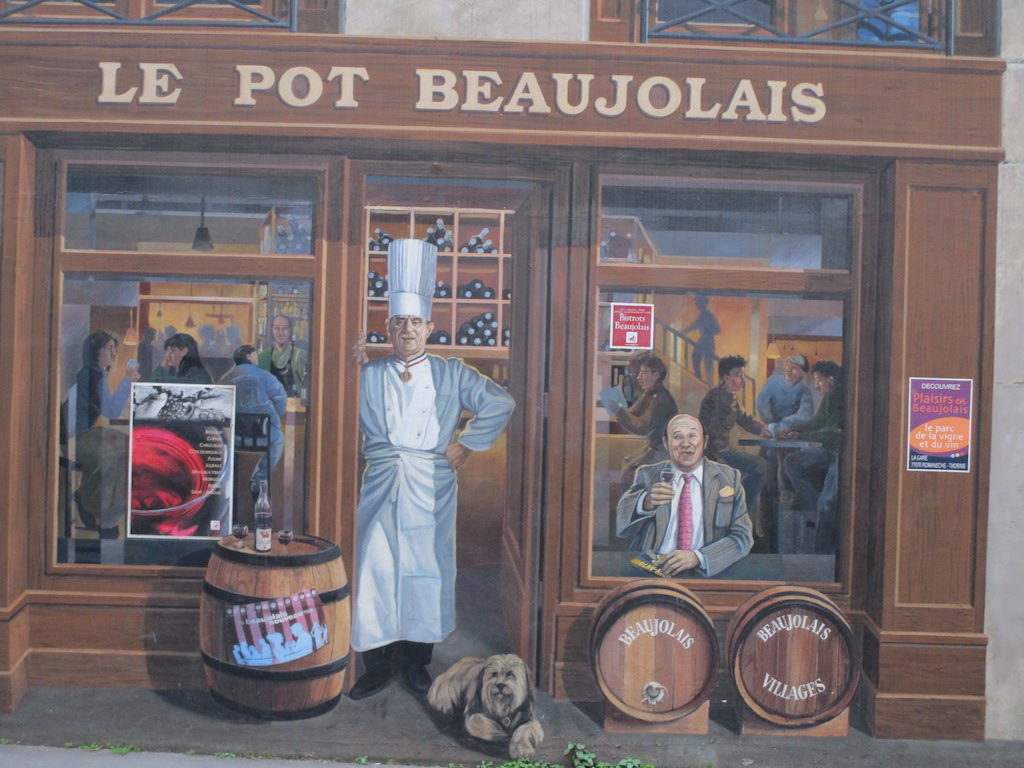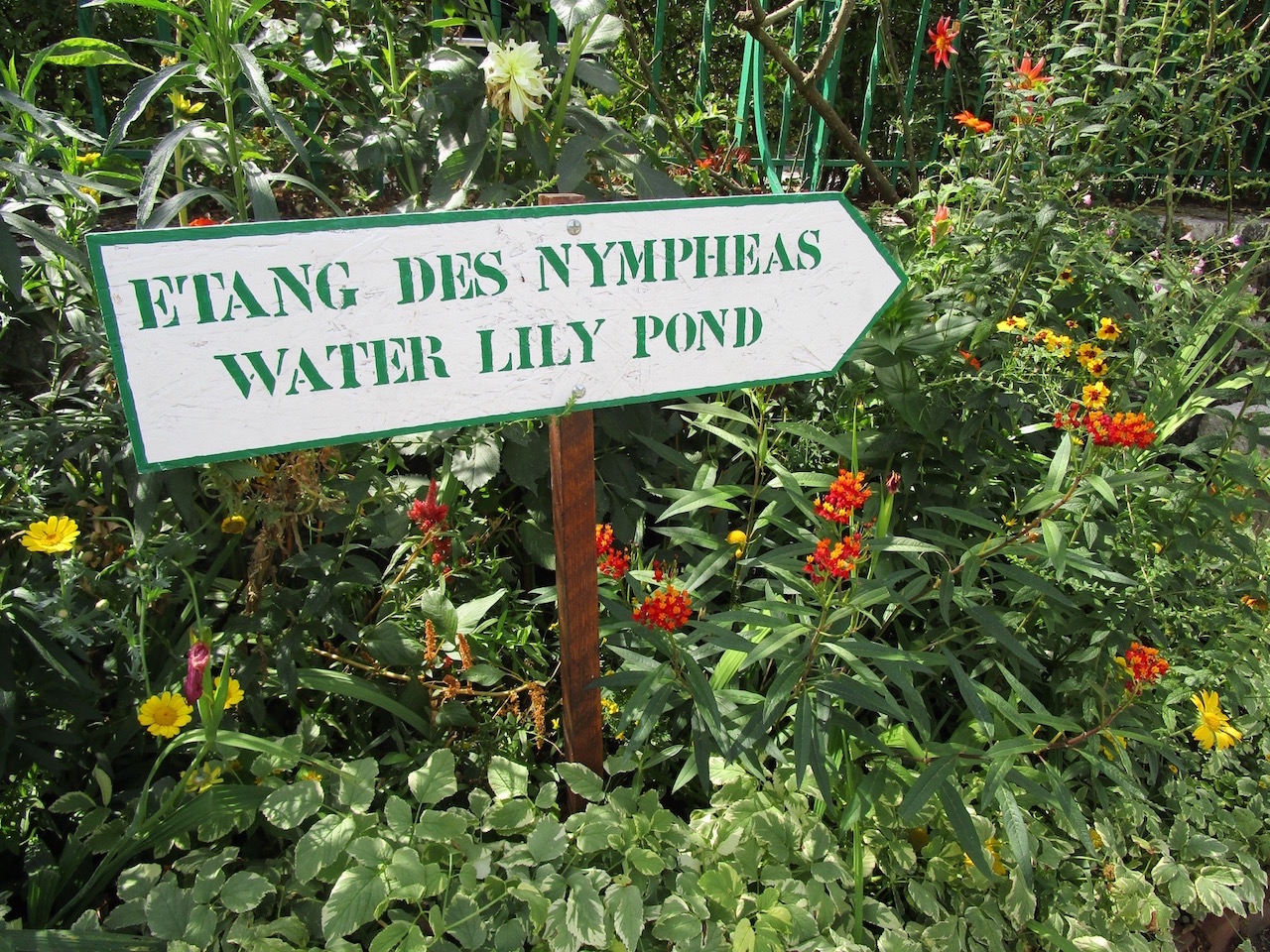We live in dark times.
As if the political climate wasn’t bad enough, changing the clocks to winter mode casts an even longer shadow.
But not so in Lyon, a city I hadn’t visited in over ten years.
The city hosts the world’s biggest light festival each December and I was back in Lyon, or Lugdunum as it was founded by the Romans in 43AD, for a preview of this year’s event.
With the gloom of winter setting in, it brightened up my week no end.
Light relief
“Lyon is the mother of all light festivals,” said Jean-Francois Zurawik.
I was having lunch with the Event Director of Lyon’s Fete des Lumierés in one of the low-key bistros France’s capital of gastronomy does so well — see the mural of Lyon’s most famous chef, Paul Bocuse, above.
“Light is universal. The battle between light and darkness is fundamental to the human condition,” he added.
This year’s event runs December 6-9 with 75 light and laser installations at 45 locations across the city, many focused on the historic buildings of Old Lyon.
The festival has its origins in the Middle Ages and took its inspiration from a 1852 celebration to mark the blessing of the Virgin Mary by placing candles in the windows of houses across the city.
It will celebrate its 20th anniversary in 2019 and has grown to a spectacle attracting some 2m people to the city, spawning spin-off festivals in places as diverse as Ghent, Hong Kong and Durham.
Come together
For Jean-Francois, however, it’s less about the size of the spectacle and more about bringing people together.
“My job is to find light artists to create a poetic moment. It’s about emotion, not technology,” he told me, finishing his petit café before heading out to another last-minute planning meeting.
And let’s face it: when we live in dark times like these, anything that can bring people together is something to cherish.
Vive la lumiére!
More: Fete des Lumières Lyon
- Liked this? Try also On assignment in Ghent.
- Sign up to my newsletter for more articles and writing workshops.



